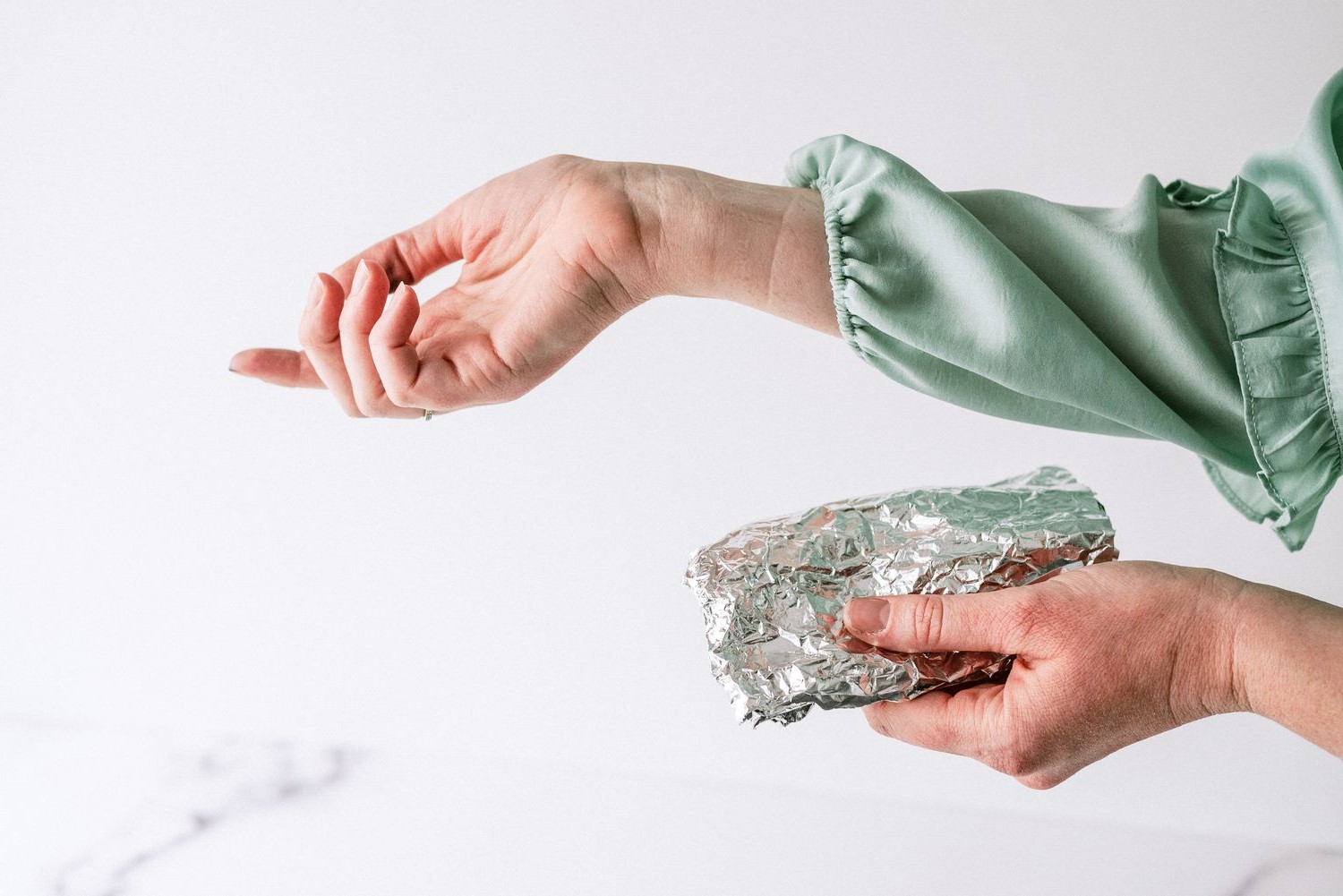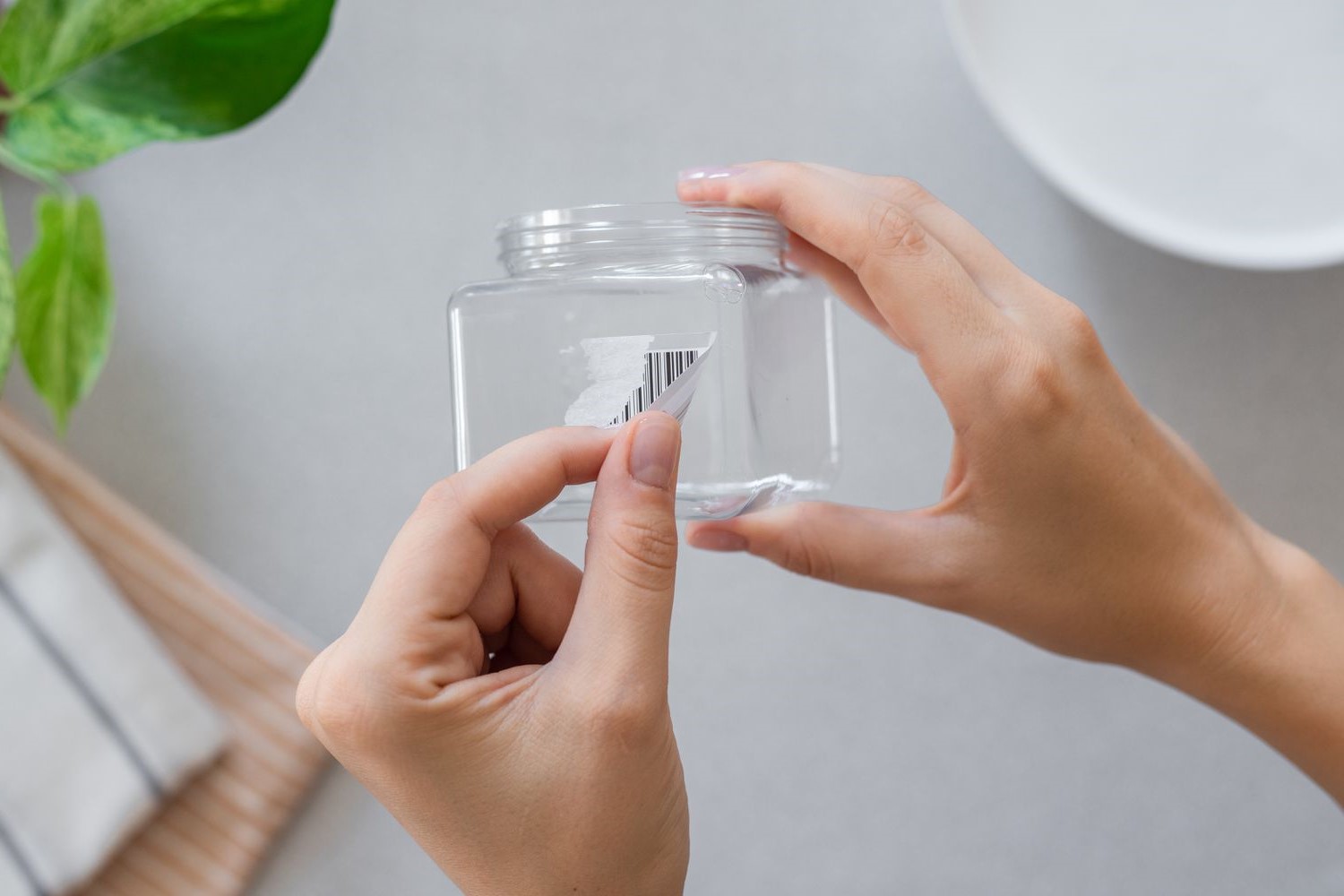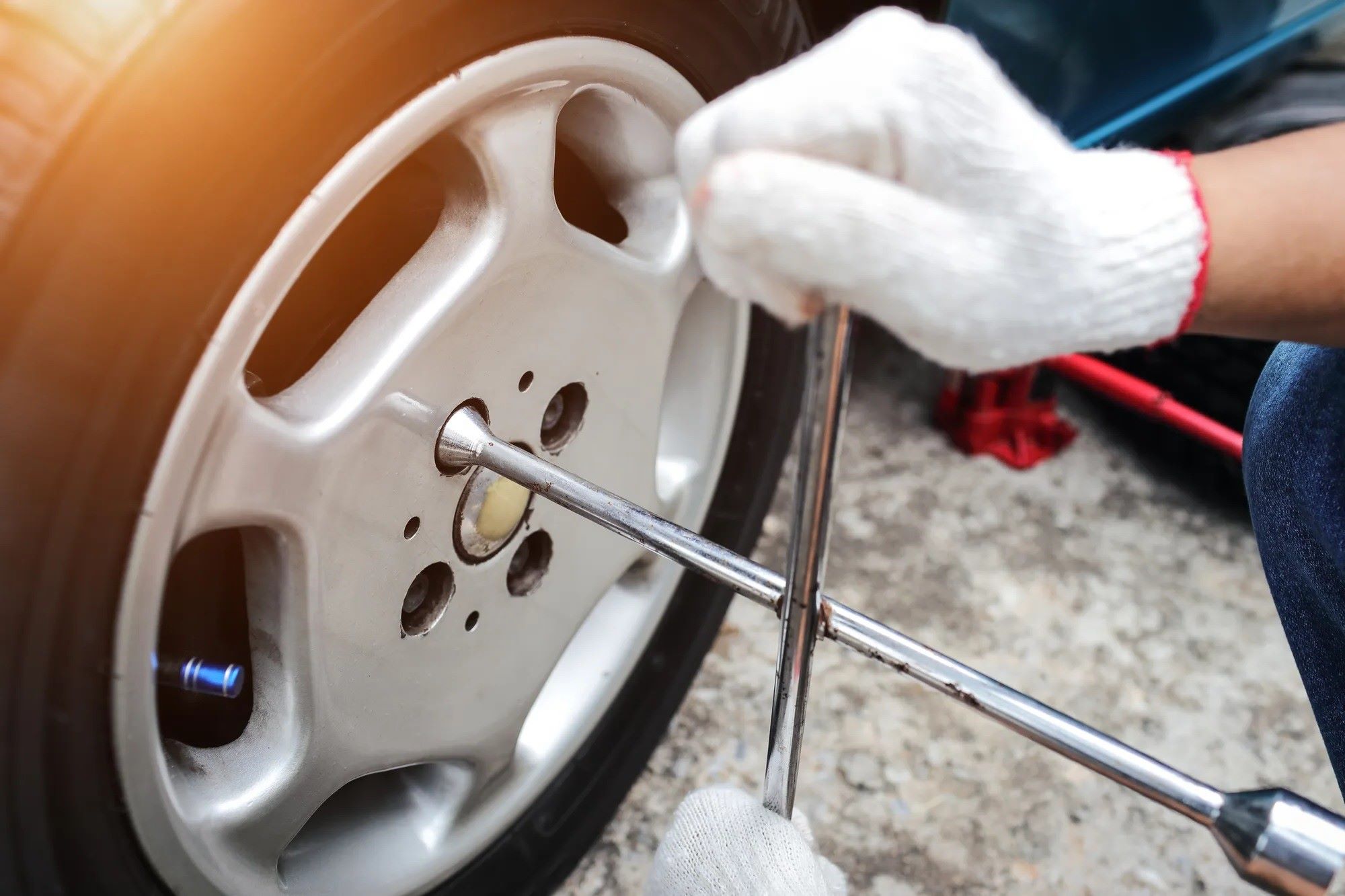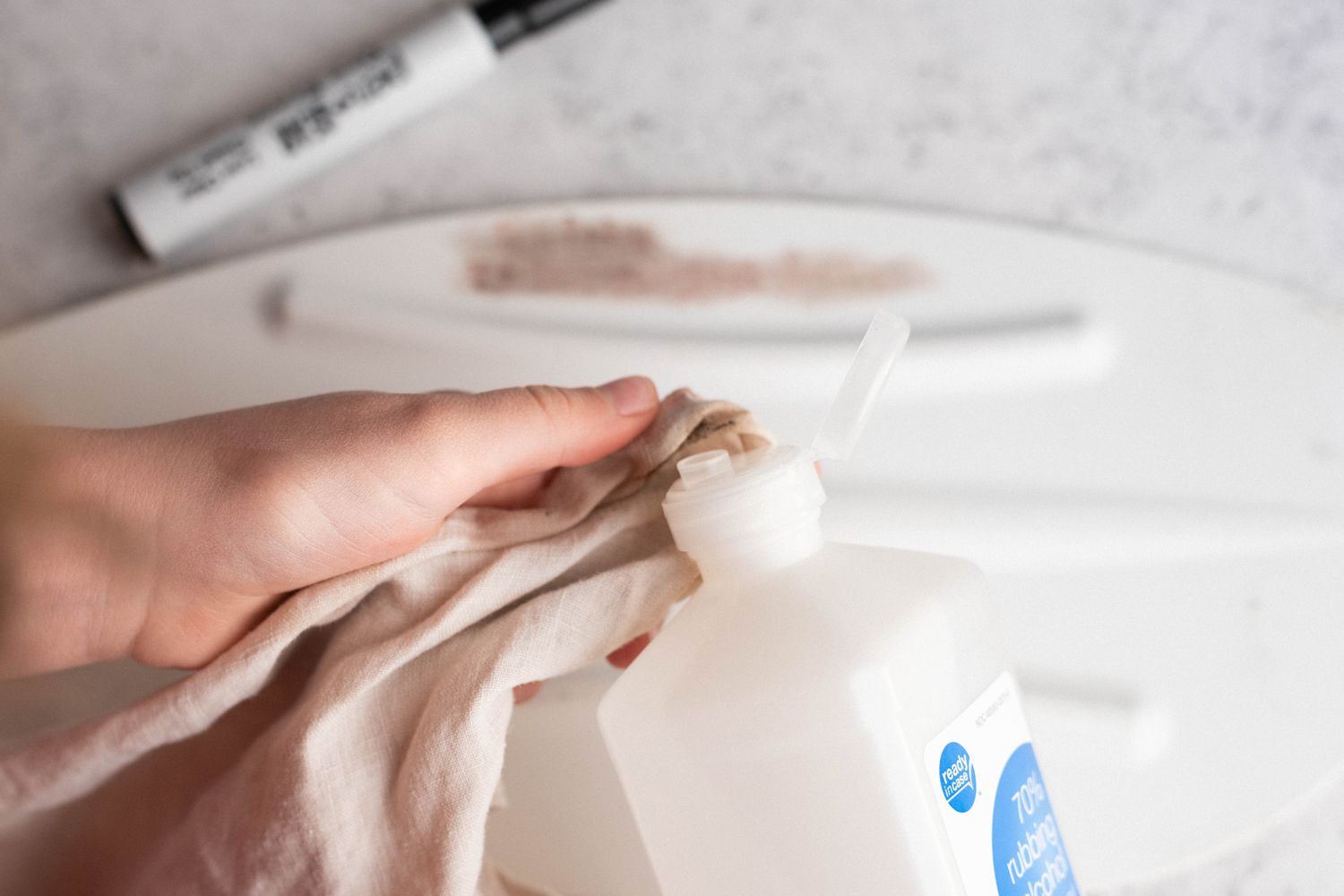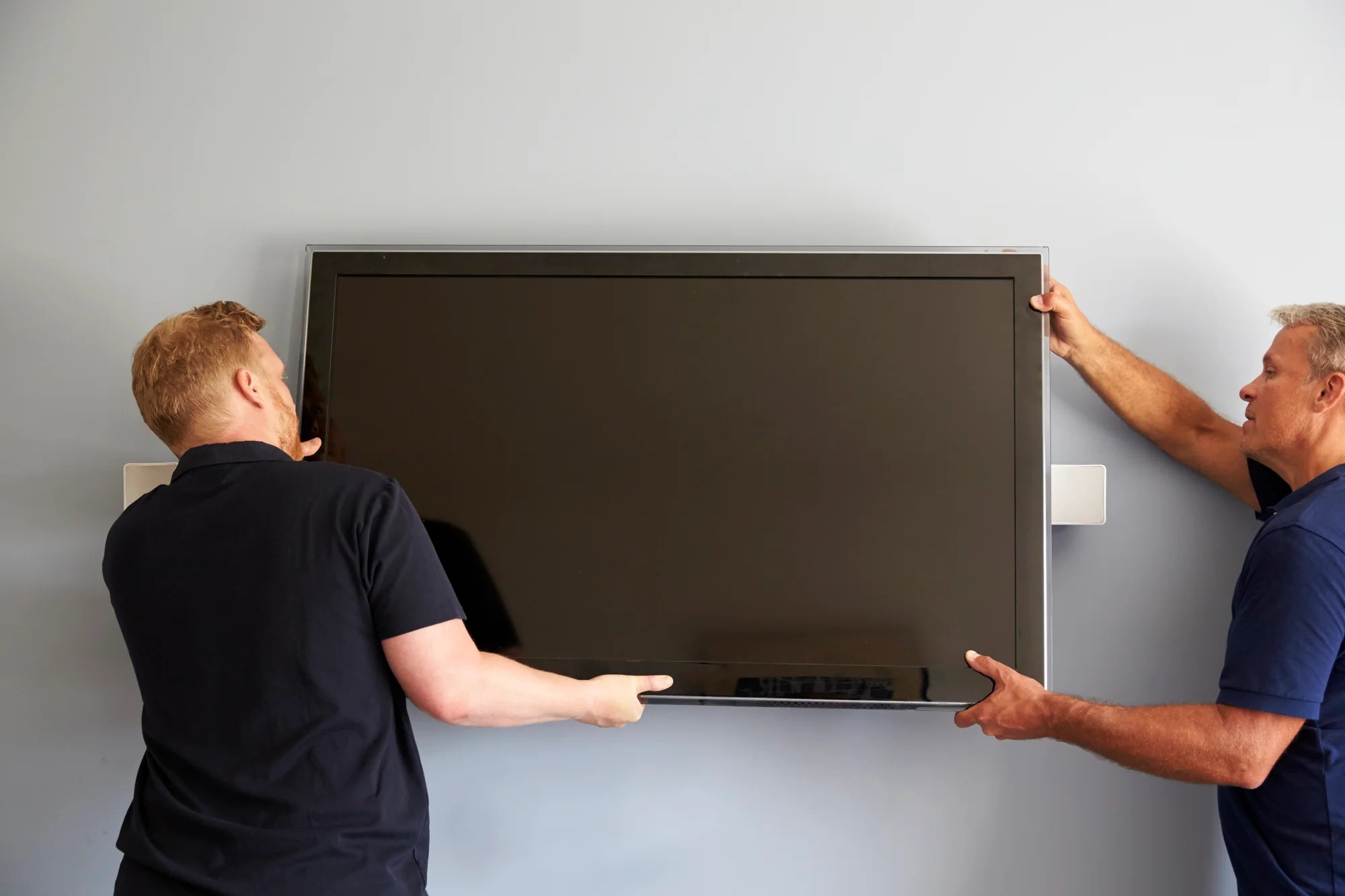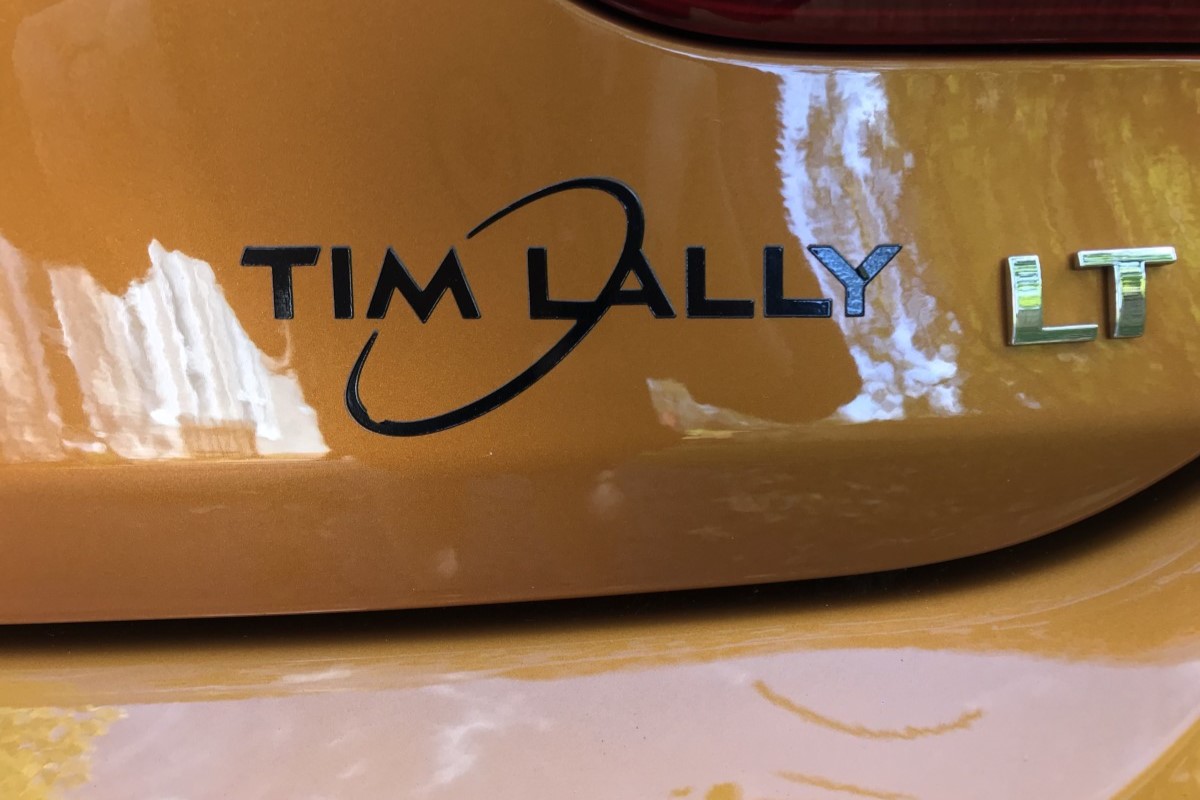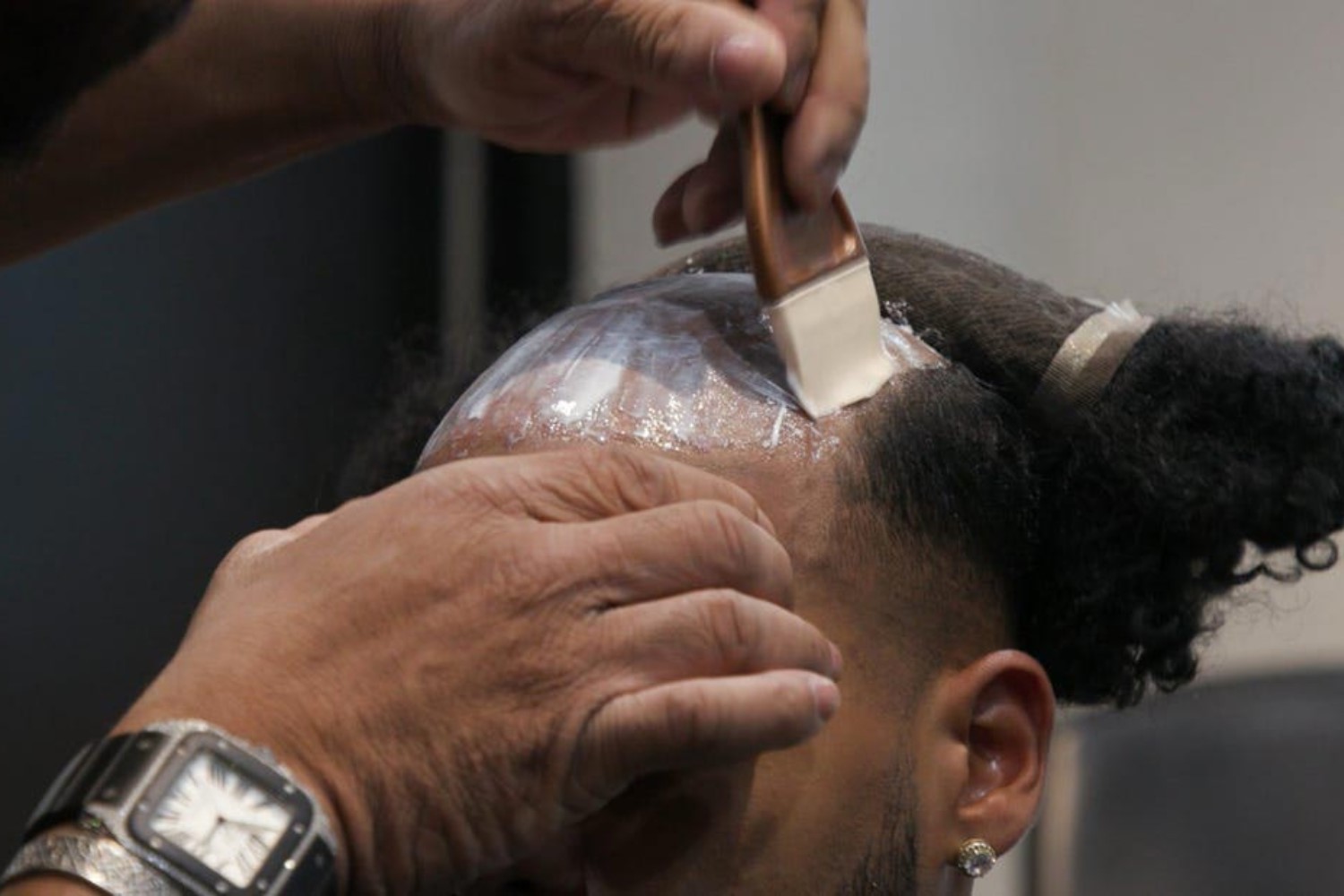Home>Home and Garden>How To Remove Mold From Leather
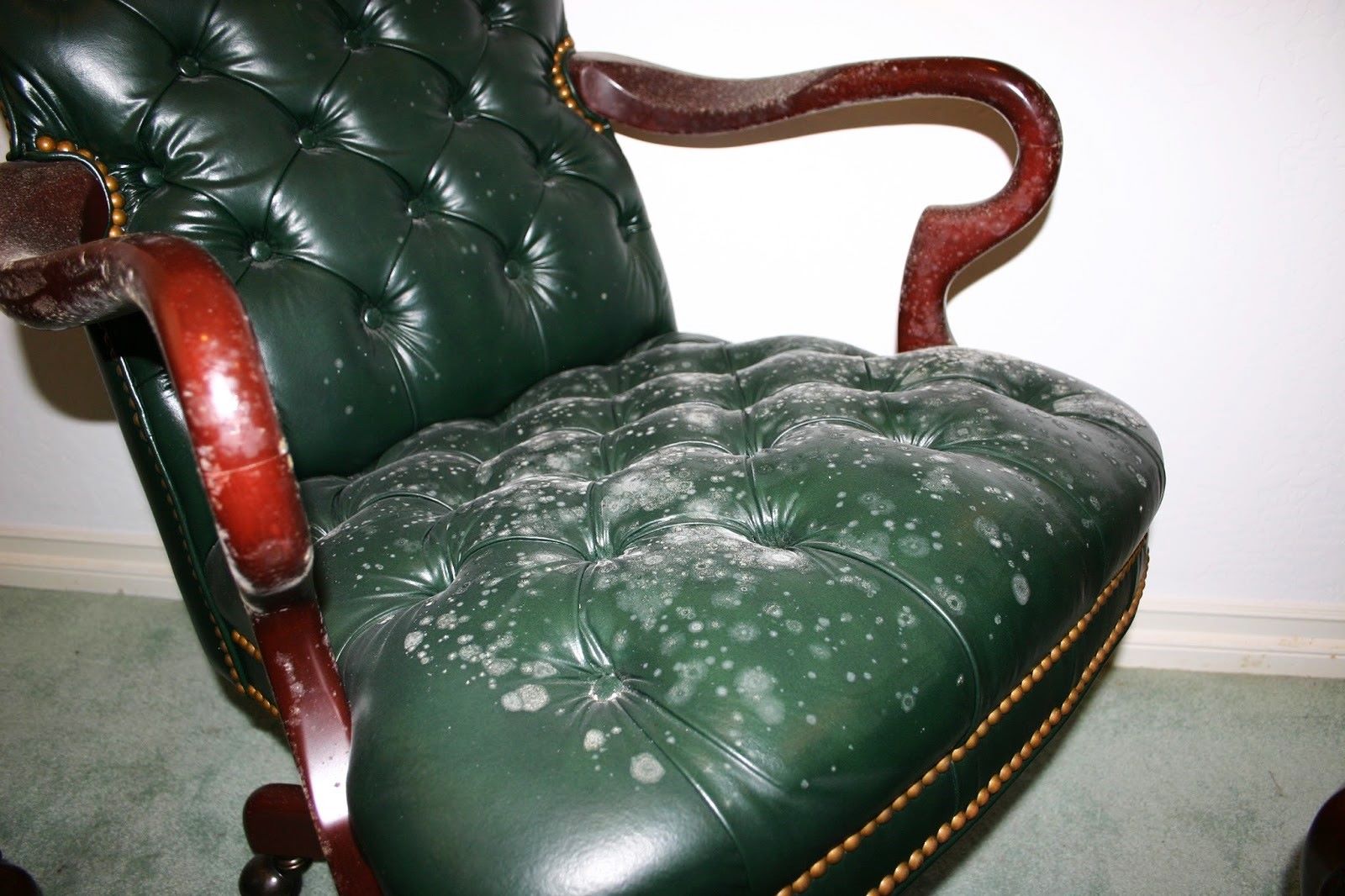

Home and Garden
How To Remove Mold From Leather
Published: March 5, 2024
Learn effective methods for removing mold from leather in your home and garden. Keep your leather items clean and mold-free with these simple tips and tricks.
(Many of the links in this article redirect to a specific reviewed product. Your purchase of these products through affiliate links helps to generate commission for Noodls.com, at no extra cost. Learn more)
Table of Contents
Introduction
Leather items are cherished for their timeless elegance and durability. Whether it's a luxurious leather sofa, a beloved handbag, or a cherished pair of shoes, the allure of leather is undeniable. However, the presence of mold on leather can be distressing and challenging to address. Mold not only mars the aesthetic appeal of leather but also poses potential health risks. Therefore, understanding how to effectively remove mold from leather is crucial for preserving these prized possessions.
Mold thrives in damp, humid environments, making leather susceptible to its growth, especially when stored in areas with poor ventilation. The sight of mold on leather can evoke feelings of concern and dismay, but it's essential to approach the situation with a sense of calm and determination. By taking the right steps, it's possible to restore the luster of the affected leather items and prevent future mold infestations.
In this comprehensive guide, we will delve into the nuances of dealing with mold on leather. From understanding the nature of mold growth on leather to implementing safe and effective removal methods, this article will equip you with the knowledge and confidence to tackle this common issue. Additionally, we will explore preventive measures to safeguard your leather possessions from future mold occurrences.
As we embark on this journey to combat mold on leather, it's important to remember that patience and diligence are key virtues in this endeavor. By arming yourself with the right information and strategies, you can reclaim the beauty and integrity of your cherished leather items. Let's delve into the intricacies of mold removal and preservation, ensuring that your leather possessions remain pristine and resilient for years to come.
Read more: How To Remove Mold From Your Car
Understanding Mold on Leather
Mold growth on leather is a common occurrence, often stemming from exposure to damp or humid conditions. Leather, a natural material, provides an ideal breeding ground for mold when subjected to moisture and inadequate ventilation. The porous nature of leather allows mold spores to settle and thrive, leading to the development of unsightly patches of mold.
Mold on leather typically appears as fuzzy, discolored patches, ranging in color from green and blue to black. These patches may emit a musty odor, signaling the presence of mold. It's essential to address mold on leather promptly, as prolonged exposure can lead to irreversible damage, compromising the structural integrity and aesthetic appeal of the leather.
Understanding the environmental factors conducive to mold growth on leather is crucial. High humidity levels, inadequate air circulation, and exposure to water or dampness are primary catalysts for mold formation. Leather items stored in basements, attics, or closets with poor ventilation are particularly susceptible to mold infestations. Additionally, leather goods that have been exposed to water or excessive moisture, such as from spills or flooding, are at heightened risk of mold development.
Moreover, leather items stored in dark, confined spaces are prone to mold growth, as these conditions create an ideal breeding ground for mold spores. It's important to be vigilant and inspect leather possessions regularly, especially after exposure to moisture or when stored in areas with suboptimal ventilation.
Recognizing the signs of mold on leather is imperative for early intervention. By identifying mold growth in its initial stages, you can mitigate its spread and minimize potential damage to the leather. Vigilance and proactive measures are essential in preserving the quality and longevity of leather items.
In essence, comprehending the dynamics of mold growth on leather empowers individuals to take proactive steps in preventing and addressing this common issue. By gaining insight into the environmental factors that foster mold development and recognizing the visual and olfactory indicators of mold presence, one can effectively combat mold on leather and safeguard these cherished possessions from potential harm.
Precautions and Safety Measures
When dealing with mold on leather, it is paramount to prioritize personal safety and adopt precautionary measures to mitigate potential health risks. Mold removal processes can agitate mold spores, leading to their dispersal in the surrounding environment. Therefore, adhering to safety protocols is essential to safeguard both physical well-being and the integrity of the leather items.
Ventilation and Protective Gear
Before initiating the mold removal process, ensure that the area is well-ventilated. Open windows and use fans to promote air circulation, minimizing the concentration of airborne mold spores. Additionally, wearing protective gear, including gloves, a mask, and goggles, is imperative to prevent direct contact with mold and inhalation of spores. These precautions reduce the risk of respiratory irritation and allergic reactions.
Containment and Isolation
Isolating the affected leather item is crucial to prevent cross-contamination and the spread of mold to other surfaces. Place the item on a clean, disposable surface, such as a plastic sheet, and avoid transporting it through unaffected areas of the living space. This containment strategy minimizes the dispersion of mold spores and mitigates the risk of contaminating additional belongings.
Read more: How To Remove Mold From Shower Grout
Gentle Handling and Cleaning
When addressing mold on leather, adopt a gentle approach to handling and cleaning the affected areas. Avoid vigorous scrubbing or abrasive cleaning methods, as these can exacerbate damage to the leather. Instead, use soft, lint-free cloths and gentle cleaning solutions specifically formulated for leather. Test any cleaning products on a small, inconspicuous area of the leather to ensure compatibility and minimize the risk of discoloration or deterioration.
Disposal of Contaminated Materials
Dispose of any disposable materials used during the mold removal process, such as cleaning cloths or plastic sheets, in sealed plastic bags. This prevents the spread of mold spores and facilitates safe disposal. Additionally, promptly launder any clothing worn during the mold removal process to prevent the accumulation of mold spores on fabric.
Professional Consultation
In cases of extensive mold infestation or uncertainty regarding the appropriate removal methods, seeking professional consultation is advisable. Certified mold remediation specialists possess the expertise and equipment to address severe mold issues effectively. Their guidance can ensure thorough mold removal and provide valuable insights into preventive measures to safeguard against future mold growth.
By adhering to these precautions and safety measures, individuals can navigate the process of removing mold from leather with confidence and prudence. Prioritizing personal safety, containment, and gentle cleaning practices is instrumental in mitigating the impact of mold infestations and preserving the quality of cherished leather possessions.
Methods for Removing Mold from Leather
Addressing mold on leather necessitates a systematic approach to effectively eliminate mold growth and restore the leather's pristine condition. The following methods offer practical and safe techniques for removing mold from leather items:
1. Gentle Brushing and Vacuuming
Begin by gently brushing the affected leather item with a soft-bristled brush to dislodge surface mold and spores. Use a vacuum cleaner with a brush attachment to carefully remove the loosened mold particles. This method aids in reducing the initial concentration of mold on the leather surface, preparing it for further cleaning.
2. White Vinegar Solution
Prepare a mild cleaning solution by combining equal parts of distilled white vinegar and water. Dampen a soft cloth with the solution and gently blot the mold-affected areas of the leather. Vinegar's acidic properties help inhibit mold growth and effectively neutralize musty odors. After application, allow the leather to air dry thoroughly in a well-ventilated area.
3. Isopropyl Alcohol
Isopropyl alcohol, commonly known as rubbing alcohol, serves as an effective mold remediation agent for leather. Dampen a clean cloth with isopropyl alcohol and gently dab the mold-infested areas of the leather. This method aids in disinfecting the leather and inhibiting mold proliferation. After application, allow the leather to air dry completely.
4. Baking Soda Absorption
Baking soda is renowned for its odor-absorbing and mild abrasive properties, making it a valuable ally in mold removal from leather. Sprinkle a small amount of baking soda directly onto the mold-affected areas and allow it to sit for several hours to absorb residual moisture and odors. Subsequently, gently brush off the baking soda and use a soft, dry cloth to wipe the leather surface.
Read more: How To Remove Mold In Your Dishwasher
5. Leather Conditioner Application
Following the mold removal process, it is essential to replenish the leather's moisture and restore its suppleness. Apply a high-quality leather conditioner to the treated areas, following the product's instructions meticulously. The conditioner nourishes the leather, mitigates potential drying effects from the cleaning process, and revitalizes its luster.
By employing these meticulous methods for removing mold from leather, individuals can effectively combat mold infestations while preserving the integrity and aesthetic appeal of their cherished leather items. These techniques prioritize the gentle treatment of leather and the use of natural, non-toxic remedies, ensuring a comprehensive approach to mold removal and restoration.
Preventing Mold Growth on Leather
Preventing mold growth on leather necessitates proactive measures and consistent maintenance to safeguard cherished leather items from potential infestations. By implementing the following preventive strategies, individuals can mitigate the risk of mold development and preserve the pristine condition of their leather possessions.
1. Optimal Storage Conditions
Storing leather items in environments with controlled humidity levels and adequate ventilation is paramount in preventing mold growth. Avoid placing leather goods in damp or poorly ventilated areas, such as basements or attics, where moisture accumulation is prevalent. Instead, opt for well-ventilated storage spaces with moderate humidity levels to deter mold proliferation.
2. Regular Inspection and Cleaning
Conduct routine inspections of leather items to detect early signs of mold or moisture accumulation. Promptly address any spills or moisture exposure by gently blotting the affected areas with a clean, dry cloth. Additionally, regular dusting and cleaning of leather surfaces with a soft, dry cloth help prevent the buildup of organic matter that can facilitate mold growth.
Read more: How To Remove Skin From Salmon
3. Air Circulation and Sunlight Exposure
Promote air circulation around leather items by periodically airing them out in a well-ventilated space. Furthermore, exposing leather goods to indirect sunlight for brief periods can help inhibit mold growth, as sunlight possesses natural mold-inhibiting properties. However, exercise caution to prevent prolonged exposure to direct sunlight, which can lead to leather discoloration and drying.
4. Humidity Control Measures
Utilize dehumidifiers in areas prone to high humidity to maintain optimal moisture levels and inhibit mold formation on leather. Additionally, employing moisture-absorbing products, such as silica gel packets or activated charcoal, within storage areas can help mitigate excess moisture and prevent mold infestations.
5. Proper Storage Accessories
When storing leather items, utilize breathable storage accessories, such as cotton or canvas garment bags, to allow air circulation while providing protection. Avoid using plastic covers or bags, as they can trap moisture and create a conducive environment for mold growth. Furthermore, storing leather goods on elevated shelves or racks can minimize contact with potentially damp surfaces.
6. Regular Leather Maintenance
Implement a regular leather maintenance routine, including the application of high-quality leather conditioners and protectants. These products nourish the leather, maintain its flexibility, and create a protective barrier against moisture, thereby fortifying its resilience against mold formation.
By integrating these preventive measures into the care and maintenance of leather items, individuals can proactively mitigate the risk of mold growth and uphold the longevity and allure of their cherished leather possessions. Consistent vigilance and adherence to these strategies serve as a proactive defense against mold infestations, ensuring that leather items remain pristine and resilient for years to come.
Read more: How To Remove Rust From A Gun
Conclusion
In conclusion, the presence of mold on leather items can be a distressing and challenging issue, but with the right knowledge and strategies, it is entirely manageable. Understanding the environmental factors conducive to mold growth on leather, recognizing the signs of mold presence, and prioritizing safety measures are fundamental in addressing this common concern.
The methods for removing mold from leather outlined in this guide offer practical and safe techniques, emphasizing gentle treatment and the use of natural, non-toxic remedies. From gentle brushing and vacuuming to the application of white vinegar, isopropyl alcohol, and baking soda, these methods prioritize the restoration of the leather's pristine condition while effectively combating mold infestations.
Furthermore, the preventive measures discussed serve as a proactive defense against mold growth on leather. By focusing on optimal storage conditions, regular inspection and cleaning, air circulation, humidity control, proper storage accessories, and regular leather maintenance, individuals can mitigate the risk of mold development and preserve the longevity and allure of their cherished leather possessions.
It is essential to approach mold removal from leather with patience, diligence, and a commitment to safety. By adhering to precautionary measures, such as ventilation, protective gear, containment, and gentle handling, individuals can navigate the process with confidence and prudence, safeguarding both personal well-being and the integrity of the leather items.
In essence, this comprehensive guide equips individuals with the knowledge and confidence to effectively remove mold from leather and implement preventive measures to safeguard against future infestations. By integrating these insights into their approach to leather care and maintenance, individuals can ensure that their leather possessions remain pristine, resilient, and free from the encroachment of mold for years to come.


